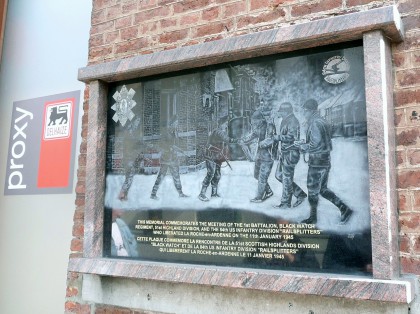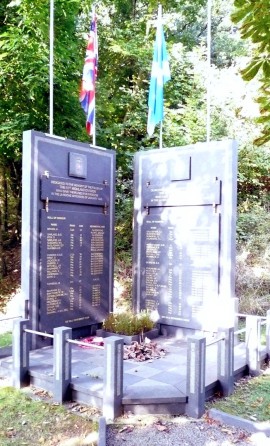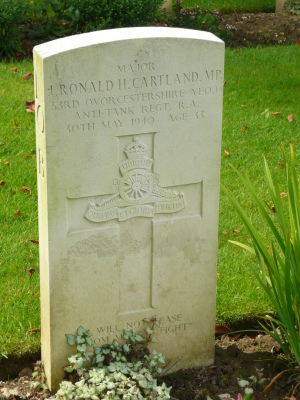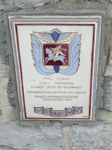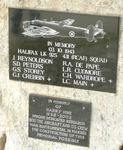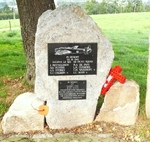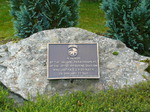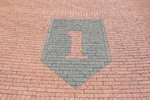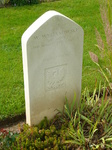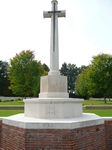
Ardennes 2008
This Battle was decidedly an American campaign British Forces had their part to play and some 325 men lie forever in the Commonwealth graveyard at Hotton.
On the 19th December 1944 General Eisenhower decided to redistribute command and control of his ground forces
The units deployed to the north of the line Givet - Prum, would be placed under the command of Field Marshall Montgomery, Commander 21st Army Group and the units deployed south of the line were to be commanded by General Bradley, Commander 12th US Army Group.
The British xxx Corps, commanded by General Horrocks were ordered to leave Holland and to swing round towards the combat zone to occupy defensive positions between Givet and Maastricht and to deny German forces the opportunity of crossing the River Meuse.
On 22nd December, 51st Highland Division, 53rd Welsh Division, 29th and 33rd Armoured Brigades took up their respective positions with the 43rd Wessex Division being held in reserve. Due to the exceptionally bad weather in which aircraft could not fly the 6th Airborne Division (paras) were rushed by boat and truck to the Ardennes and took up a position between Dinart and Marche-en-Famenne right at the tip of the German offensive.
In the early morning of the 24th December not far from Dinart the 3rd Royal Tank Regiment supported by US tanks and the Royal Air Force crossed the river Meuse and stopped the armoured column of the German 2 Panzer. This was the first encounter between British and German forces in the Battle of the Bulge.
The counter offensive on the 3rd January led by Battalions of the 6th Airborne Division supported by tanks of the Fife and Forfar Yeomanry and the 23rd Hussars were first to become involved.
After three days and nights of heavy fighting men of the 13th Lancashire Battalion the Parachute regiment liberated the village of Bure. The 1st Canadian Parachute Battalion occupied Rochefort and later in their advance they were to discover the bodies of 34 civilians murdered by the Germans on Xmas eve in Bande, near Nassogne.
On the 8th January in snow storm and bitter cold the 51st Highland Division with support of tanks of the 1st Northamptonshire Yeomanry relieved an exhausted 53rd Welsh Division which had been fighting for four days and nights in the area around Hotton. On the same day, being aware of the advance of British and American forces the German High Command ordered their Generals to withdraw and to retreat eastward while conducting a fighting rearguard action.
On 11th January with armoured reconnaissance vehicles of the 2nd Derbyshire Regiment and armoured support from 1st Northamptonshire Yeomanry the 51st Highland Division in the shape of the Black Watch entered the town of La Roche and later met up with elements of the American 84th US Infantry Division. La Roche is the site of the 51st Highland Division monument.
The village of Hotton was the western limit of Von Rundstedt's Ardennes offensive in January 1945, and a great many of the burials in the cemetery date from that time, although there are also some of men who fell in May 1940 whose graves were moved here after WW2. There are now nearly 700, Second World War casualties commemorated at this site. Of these, over 20 are unidentified. Barbara Cartland's brother, Ronald - is buried here
